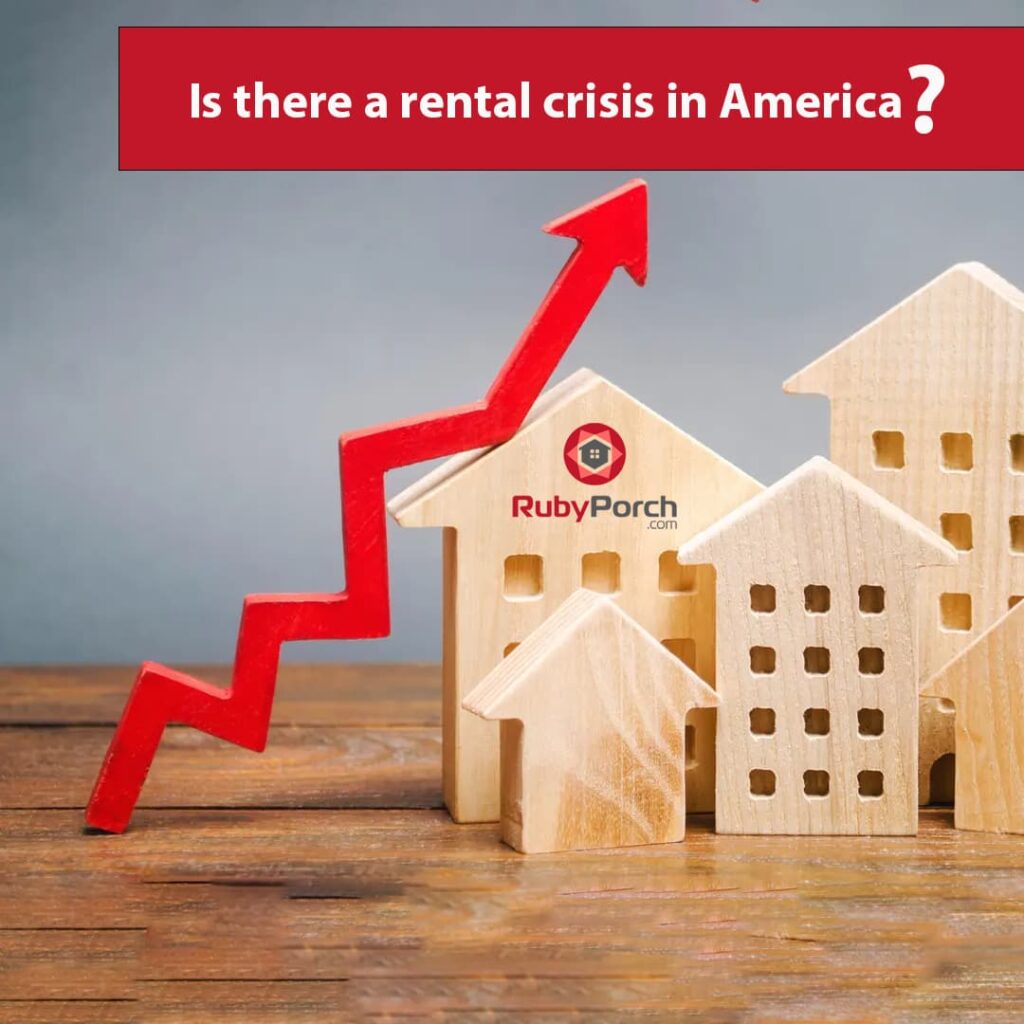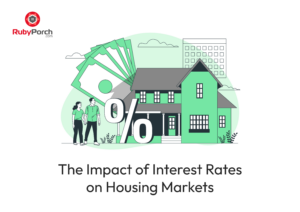The American dream, often symbolized by owning a home with a white picket fence, is becoming increasingly elusive for many. As incomes fail to keep up with skyrocketing rent prices, the United States is grappling with a rental crisis of unprecedented proportions. The 30 percent threshold, long seen as a tipping point in housing affordability, has now been breached at the national level, leaving countless Americans in precarious financial situations. In this blog, we will delve into the causes of this crisis, its effects on individuals, and the potential solutions on the horizon.
The 30 Percent Threshold: A Grim Milestone
The housing affordability crisis in America has reached a symbolic breaking point, with the average American renter now paying more than 30 percent of their income on housing. According to a recent report by Moody’s Analytics, this marks the first time in over two decades that this threshold has been surpassed. The federal government defines “rent-burdened” as those who pay more than 30 percent of their income on rent. Notably, this definition now encompasses the typical American renter.This alarming trend reflects the struggles faced by individuals and families across the nation.
Renters Bear the Brunt
The burden of rising rents is most acutely felt by lower-income families. Even in areas where rent growth is relatively lower, the steady increase in housing costs has been a severe issue. For instance, many working adults, even those with full-time jobs, are finding it increasingly difficult to make ends meet. The high cost of rent is preventing them from achieving financial independence.
The Drivers Behind Rising Rents
Several factors have contributed to the escalating rent crisis in America. Housing costs have been steadily rising since the aftermath of the 2007-08 financial crisis and recession. Both rents and housing prices have surged due to a long-term housing shortage, with construction lagging behind demand. While construction rates have shown improvement recently, the ongoing shortage continues to put pressure on the rental market, driving up prices.
Danielle Hale, chief economist at Realtor.com, highlights the severity of the problem, stating, “We haven’t been building enough homes in either market. And that has led to either record low vacancy rates like we’re seeing in the market for homeowners, or very close to all-time low vacancy rates in the rental market.” This imbalance between supply and demand compels Americans to allocate more of their monthly budgets towards housing.
Another contributing factor is fluctuating mortgage rates, which lock out potential homeowners from the market. The recent uptick in mortgage rates, averaging 6.32 percent, significantly increases monthly mortgage payments. In some cases, mortgage payments have surged nearly 50 percent above 2019 levels, surpassing typical rent costs. This creates a vicious cycle that further exacerbates the rental crisis.
Pandemic’s Lingering Effects
The COVID-19 pandemic exacerbated the rental crisis by affecting renters’ employment and income. Many renters worked in industries hit hardest by job losses and financial instability, further compromising their financial well-being. When lockdowns eased and offices began to reopen, rental prices in densely populated urban areas surged, compounding the problem.
A Glimpse of Hope
To alleviate the rental crisis, changes on either side of the equation are needed: rent prices or wage levels. New construction could help drive down rent prices by increasing the availability of housing. As home buying becomes increasingly unaffordable, builders are turning to the construction of multi-family units, which are more conducive to renting. Data from Realtor.com shows that a record number of multi-family units are currently under construction, potentially offering relief.
Furthermore, rising incomes could significantly impact rent affordability. A report by Zillow found that rent affordability is better in cities with minimum wages higher than the federal rate of $7.25 an hour. In such cities, it takes an average of 2.5 full-time minimum-wage workers to make a typical two-bedroom rental affordable, ensuring that renters do not spend more than 30 percent of their income on rent. However, in cities with the federal minimum wage, it takes an average of 3.5 full-time workers to meet this threshold, highlighting the importance of income disparity in rental affordability.
Government Initiatives and a Glimmer of Hope
The federal government has taken several steps to address the rental crisis. In January, President Biden introduced a “Blueprint for a Renters Bill of Rights” in January, aimed at making rents more affordable and strengthening tenant protections. Several agencies have agreed to actions that could curb rent hikes for certain properties and address practices that hinder housing retention.
Despite these efforts, the rental crisis may not be resolved quickly. Experts believe that rents may stabilize in the coming year as new construction increases the number of available units. However, many are pessimistic about rents decreasing, as opposed to rising at a slower rate. Large-scale price drops remain unlikely, as significant labor market stress, such as spells of unemployment, is required to push rents down.
Conclusion: The Rental Crisis Persists
The rental crisis in America is a multifaceted issue with severe consequences for individuals and families across the nation. The breach of the 30 percent threshold in housing affordability is a dire milestone that calls for urgent attention and action. While some relief may be on the horizon through government initiatives, new construction, and rising incomes, the path to true affordability remains uncertain. As the nation grapples with this crisis, it is clear that addressing the rental crisis is essential to ensuring that the American dream of secure, affordable housing remains attainable for all.






